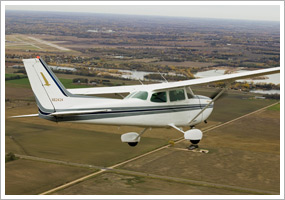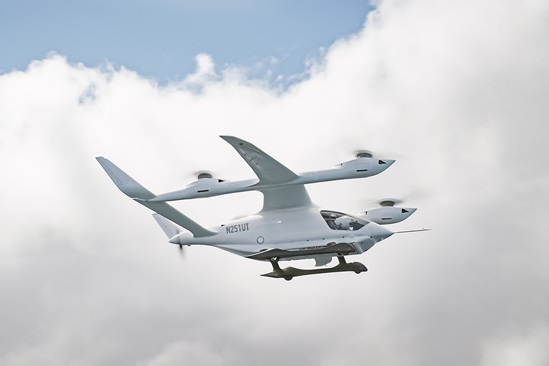| The following stories from the May 20, 2011, edition of AOPA ePilot were provided to AOPA members who expressed an interest in the particular subject areas. Any AOPA member can receive information tailored to their areas of interest by updating their preferences online |
training tipsAttention to detail Climbing will put the flight more than 3,000 feet agl, activating the hemispherical rule. The pilot has been flying a heading of 355 degrees to maintain his course in strong westerly winds aloft. He decides on an altitude of even thousands plus 500 feet msl. Is it the right decision? Preparing to enter the traffic pattern at the destination nontowered airport, the pilot monitors the ASOS broadcast, noting clouds, visibility, and surface winds. He missed the altimeter setting and now remembers that it hasn’t been adjusted since departure. He knows from his weather briefing that he is flying toward higher atmospheric pressure, and realizes with relief that the well-known warning, “From high to low, look out below!” won’t apply. Now to enter the traffic pattern. The turbulence has jostled the cockpit quite a bit; both the flight log and airport/facility directory have slipped out of reach. The pilot, to his credit, had already set the common traffic advisory frequency in the number two radio. But what’s the traffic pattern altitude (TPA)? No worries! Down below, the FBO’s hangar is plainly visible with the elevation painted broadly across its roof. Such an ingenious idea. All the pilot has to do is add 1,000 feet and presto—TPA. Or is it? Let’s take a brief look at each of these real-world scenarios and examine the pilot’s assumptions for any errors. When selecting the cruising altitude, it’s possible that the pilot’s choice of even thousands plus 500 feet msl would be wrong. The tipoff is that the pilot is correcting for winds from the west. If the magnetic course being tracked in that strong wind is east of magnetic north, odd thousands plus 500 feet would be the correct choice. Casual application of “from high to low, look out below,” reassured the pilot that he wasn’t flying lower than his altimeter’s reading—but that’s not the only factor to consider. For example, when entering the traffic pattern, being higher than you think would be unsafe. Speaking of the pattern, selecting 1,000 feet agl is a good guess—but not always correct. Some airports have nonstandard or multiple TPAs. Check before you go. training productsSOL Origin survival kits from Pilotmall.comDo you carry survival and first-aid gear when you fly? Small, easily transportable kits could be a welcome addition to your cockpit should you experience an off-airport landing. The SOL Origin from PilotMall.com has a plastic waterproof case that holds fire-starting tinder, braided nylon cord, stainless-steel wire, and an emergency sewing and fishing kit. The body of the case has a flip-up mirror, a removable compass, and a folding blade knife with rescue whistle. The kit weighs 6.5 ounces and sells for $49.99.
Note: Products listed have not been evaluated by ePilot editors unless otherwise noted. AOPA assumes no responsibility for products or services listed or for claims or actions by manufacturers or vendors. final exam
Question: I have a commercial pilot certificate. Can I fly as a sport pilot?
Answer: Yes. Any pilot who holds at least a recreational pilot certificate and has a current flight review can exercise sport pilot privileges. You are not required to possess an FAA medical certificate to fly as a sport pilot. A current, valid state-issued driver’s license is all you need. You must be able to self-certify that you have no known medical deficiencies that would prevent you from safely operating an aircraft, and your most recent medical certificate or application must not have been denied, suspended, or revoked. There are some limits under the sport pilot rule so be sure to familiarize yourself with FAR 61.315, which lists the privileges and limits for a sport pilot. For more information on flying under the light sport rule, read “Sport pilot and light sport aircraft” on AOPA Online.
Got a question for our technical services staff? E-mail [email protected] or call the Pilot Information Center, 800/872-2672. Don’t forget the online archive of “Final Exam” questions and answers, searchable by keyword or topic. |
 Flying on a northwesterly heading, a pilot decides to escape the low-level turbulence by climbing to smooth air. But—to what altitude?
Flying on a northwesterly heading, a pilot decides to escape the low-level turbulence by climbing to smooth air. But—to what altitude?

